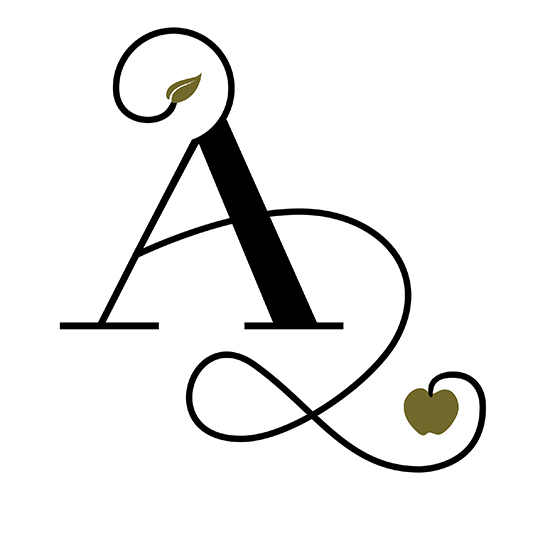Fairies at the bottom of the garden
In 1920, Sir Arthur Conan Doyle, creator of the world’s greatest detective, was hoodwinked by two Yorkshire girls.
The girls, cousins Frances Griffith and Elsie Wright (no relation to your humble correspondent), had taken a series of photos that seemed to clearly show them with the fairies they played with in Elsie’s large and enchanting garden in Cottingley.
Although Elsie’s Dad laughed off the photos, her Mum, like many at the time, was quite taken with ideas of the supernatural.
After attending a lecture on spiritualism she showed the photos to the speaker, to get his opinion on their veracity.
He took them to the leader of the Theosophical movement, who in turn asked a leading photographer to examine them.
Having been declared “genuine, unfaked photographs” they rocketed through the British spiritualist crowd, quickly gaining the attention of Conan Doyle, who not only encouraged the girls to take more photos of the fairies but also wrote an article in their defence for The Strand magazine.
To those of us living in an era of photoshop and instagram filters the pictures of the Cottingley Fairies are blatantly staged.
(Curiously, the word blatant, is said to have been coined by Edmund Spenser in his epic poem The Fairie Queene to describe a thousand-tongued monster representing slander. The meaning of the word changed over time, until 1889 when it settled in as "noisy in an offensive and vulgar way.”)
Nonetheless, the girls stuck to their story until 1981, when Elsie finally admitted the fairies were paper cutouts, copied from images in a book and secured in place with hat pins.
“There may be fairies at the bottom of the garden. There is no evidence for it, but you can’t prove that there aren’t any, so shouldn’t we be agnostic with respect to fairies?”
Fairy Rings
So if no one’s managed to capture a fairy – yet – what about the evidence of their parties and gatherings?
Fairy rings are circular enclosures of mushrooms that appear in the landscape after fairies have visited for a knees-up. You never see them being constructed: it all happens in the dead of night after the human realm has stopped paying attention.
Some (boring) humans are not satisfied with this explanation. They believe that fairy rings are the result of fungi that live in the soil, causing the organic matter to break down, resulting in rings of dark green grass, occasionally brown or dead grass, and, in wet conditions, mushrooms following the same circular pattern.
The fairy ring starts with a single spore and at a single point in the soil. It grows outward at a uniform rate, creating the circular pattern. About 50 species of fungi form lawn fairy rings.
In Your Garden
Some websites provide information on how to get rid of fairy rings. This is not an approach endorsed by Landscapology – would you mess with a supernatural creature known for its mischievious malice when dealing with interfering humans?
Keep in good by planting Grevillea 'Fairy Floss', a small rockery grevillea with pale mauve flowers, or attract the Superb Fairy Wren – voted Australia’s most popular bird in 2013 - with Acacia fimbriata, Melaleuca linariifolia and Pandorea pandorana.
Above all, keep your eyes and ears open…who knows how many other creatures are enjoying your garden when you’re not around…















































